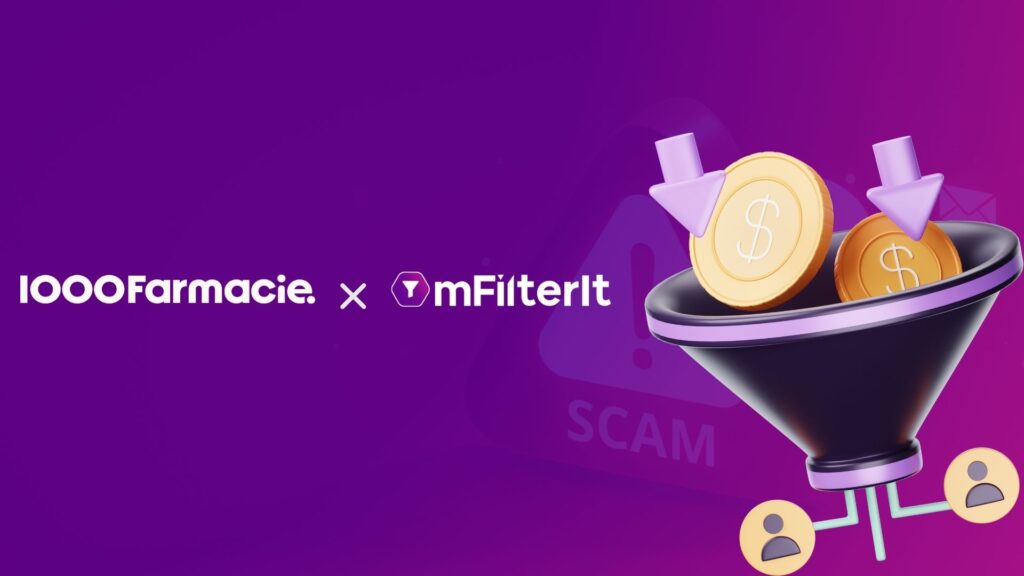The size of the online click campaign market is growing. This is evidenced by the Google Ad revenue (US) to the tune of $237 billion (2023) and Meta’s ad revenue stands at $131billion (2023). This has grown 6% and 16% respectively in the last year. With the size of the click market growing, it is estimated that digital advertising fraud cost will increase from $88 billion to $172 billion within the next five years. That figure will grow 14% annually and nearly double, as per a Statista Report.
This impacts all advertisers spending on clicks across platforms as click fraud is a multifaced threat that can take many forms, from sophisticated bots and malicious software to organized human operations like click farms. For advertisers, understanding these tactics is crucial to protect their investments and ensuring that their marketing efforts reach genuine and interested audiences.
Table of Contents
ToggleMeasuring Quality of Clicks- Need of the Hour
The measurement of quality of clicks on ad campaigns is still on the backburner. Therefore, the quality of clicks is currently going unmeasured. This is causing significant ad budget to remain unoptimized or wasted across the industry.
The current impression-centric approach to traffic validation leaves out many click and post-click parameters indicating poor quality traffic. Clicks are measured on trusted advertiser domain vs impression tracking on publisher domain. PPC campaign formats are not within scope & this makes the poor-quality clicks go undetected. Walled Gardens don’t allow impression-level tracking: a major chunk of ad spends are not evaluated.
Click Fraud affects both Web and App Inventory. Therefore, validation should be done on both aspects.
Why Impression Validation Alone Isn’t Enough
There is a need to supplement impression-level checks with click measurement.
General Constraints
- Impressions are measured in Publisher domain and data is limited for analysis
- Trackers can easily bypass by using Safe-Frames / iFrames.
- Traffic Validators often, due to the huge volume of impressions, only end up sampling the data instead of per transaction validation
Tech Constraints
- Limited data is available for analysis i.e. only IP + User Agent
- Impressions are the easiest to spoof!
- Time available for analysis is Limited i.e. 20ms approx.
How Does Click Fraud Work?
Click fraud happens when publishers artificially increase the number of clicks a PPC or CPC advertisement receives with bots. Invalid clicks do not bring about any desirable visit or event, such as generating leads or sales. Instead, they serve only to enrich fraudsters and drain the budgets of legitimate businesses. Malicious intent is at the heart of clicks fraud. Scammers use fraudulent clicks to show improved interaction on the ad and inflate their revenue from ads.
The advertisers cannot rely on data from digital advertising campaigns and website metrics as it is plagued by fraudulent traffic. The other output also is the damaged reputation of the business.
Ways in Which Click Fraud Happens
Click Farms
Click farms are organized operations in which low-paid employees physically click on advertisements or perform specific tasks to mimic genuine user behavior. Click farms pose a major threat because they can simulate true patterns of users’ behavior that standard detection algorithms cannot detect as fraudulent activities. They are commonly used to increase visibility for ads or to deplete a competitor’s ad budget.
Click Injection
Click injection is a more advanced kind of click fraud mainly targeting mobile applications. In this case, harmful apps installed on the user’s device insert false clicks into the user’s journey at a certain moment before app installation usually takes place. This creates an impression that the app installation resulted from that fake click thus enabling the perpetrator to take credit for it.
Click Spamming
Another form of fraudulent clicking is called click flooding or click spamming. In this case, scammers produce many clicks using bots or automated scripts to spam an advertiser’s network with false traffic. The idea behind it is to create a situation where there would be so many clicks on the system to even get any attributed to true conversions.
This kind of fraud is especially dangerous because it can corrupt data, making it difficult to accurately analyze campaign results. Click spamming may result in an over-inflated CTR or skewed conversion numbers, leading to misinformed decisions and wasted ad budgets.
Pixel Stuffing
Pixel stuffing is a sneaky form of click fraud where ads are crammed into tiny, often invisible, pixels on a webpage. These pixels are so small they are almost not visible to the naked eye and yet they count as ad impressions and clicks whenever a user visits the page even if that user interacts with the ad unknowingly because advertisers will be charged for clicks.
This tactic is particularly insidious because it exploits the trust that advertisers place in ad networks to display their ads in visible and relevant locations. Pixel stuffing results in advertisers paying for impressions and clicks unlikely to lead to conversions which has a significant impact on return on investment (ROI).
Geotargeting Click Fraud
Geotargeting click fraud involves manipulating the location data associated with clicks to make them appear as though they are coming from a specific geographic area. This type of fraud is particularly common in campaigns that target users in certain locations, as advertisers are often willing to pay a premium for clicks from these regions.
Scammers can, however, use VPNs, and proxy servers, or manipulate the location settings on devices to generate fraudulent clicks that seem to come from high-valued areas. This leads to advertisers paying more for clicks that are not genuinely from their target audience thereby significantly reducing the effectiveness of geotargeted campaigns.
How to Prevent Click Fraud
Advertisers are always encouraged to look at the data in their campaigns at a granular level. More than often the signs are visible. The first step in combating click fraud is to determine the major signs that should raise red flags. If you see the following issues within your analytics data, click fraud may be occurring:
- Atypical clicking behaviors
- High traffic rates with low conversions
- High bounce rates
- Interactions from odd geographic locations
- Unusual click timing sequences
Augmented engagement with non-relevant or low-worth keywords. Click fraud prevention calls for committed effort and absolute vigilance. Some measures to combat click fraud include manual reviews of traffic quality, automatic blocking or filtering of clicks from suspicious sources, IP address blocking, ad placement monitoring, and CAPTCHA verification. These can drain resources from the core business.
Conclusion
Click fraud is one of the major challenges facing digital marketers, given that it drains financial resources and affects the credibility of campaign assessment. Getting insight into various click fraud methods—the likes of pixel stuffing, click farms, click injection, and geotargeting fraud—is a chief first step in handling this challenge.
In order to contain this problem, strategies on vigilant campaigns monitoring and using click fraud detection tools are called for in protecting measurable advertising spends while increasing the count of real visitors.
The best ways to prevent click fraud in your PPC campaigns are being informed and vigilant. You can never completely rid yourself of click fraud, but by taking proactive measures, you can limit its effect, which really will work better.







